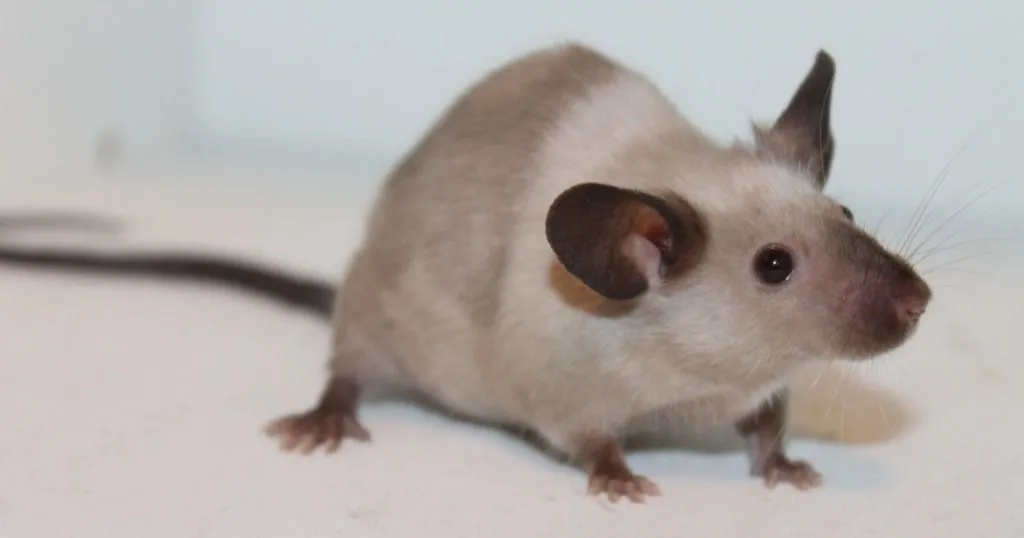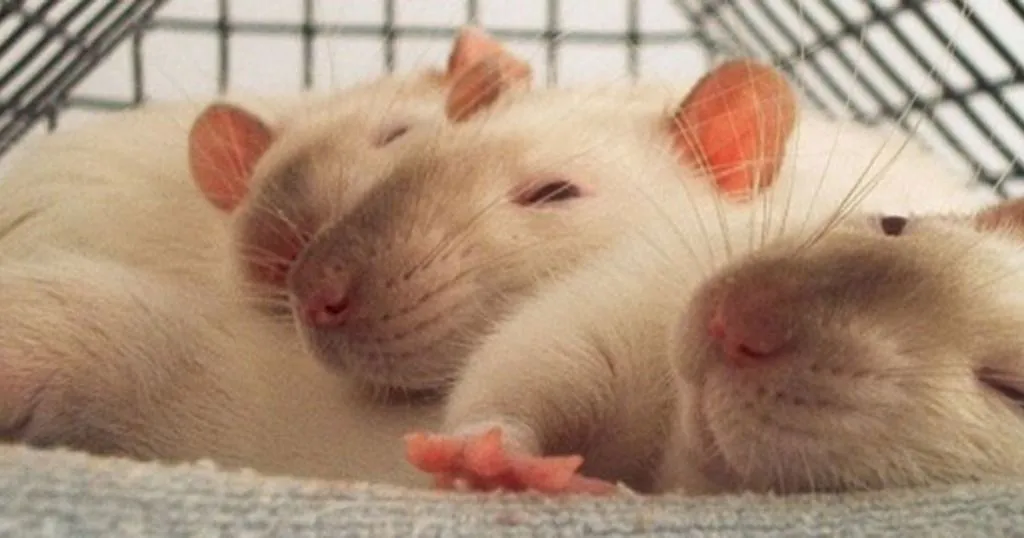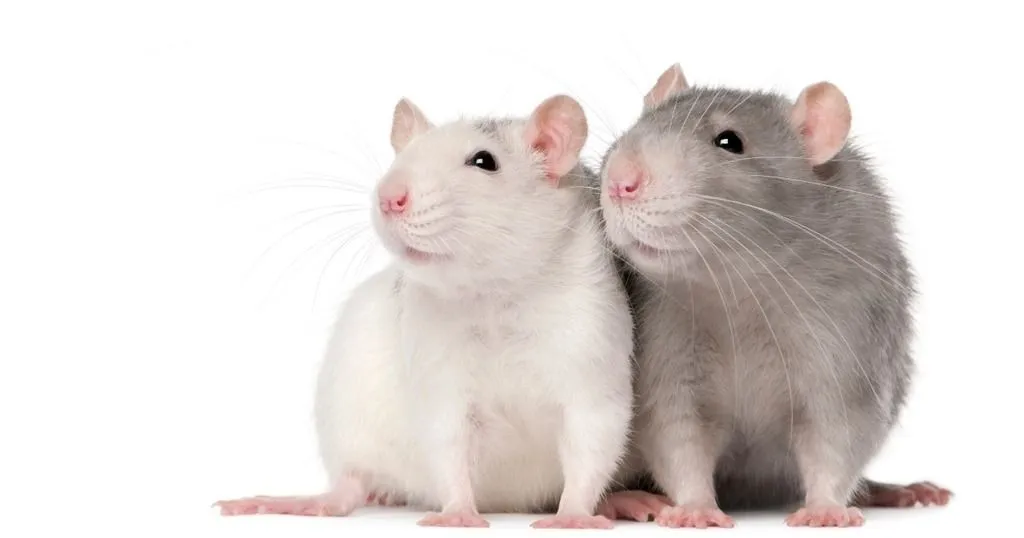Behavioral Tests in the Dark: Will Researchers See the Light?
Many studies don’t take into account at what moment of the day they do behavioral tests. This could greatly influence results though, by changing activeness and gene expression.
Posted by
Published on
Mon 10 Feb. 2020
Topics
| Learning And Memory | Open Field | Social Interaction | EthoVision XT |

Influence of light phases
Testing time
Scientists at the University of Zürich studied whether mouse behavior varied under the influence of daylight phases, i.e. the light phase (when mice are typically asleep) or the dark phase (when they are typically active).
Many studies incorporate behavioral research, but rarely do they take into account the time of testing, even though that factor varies greatly across laboratories. Several recent studies show that certain behaviors do or do not manifest depending on the light cycle.
Daily rhythm
Behavioral tests were carried out using two separate groups of mice, one of which was tested during the light phase and one in the dark. The resulting impact on gene expression was examined as well. Finally, the amphetamine sensitivity test was carried out under both light phases, and its effect on dopamine was investigated.
Behavioral tests
Light-dark box
The light-dark box test was used to measure the mice’s aversion to illuminated areas. The testing box was divided into two parts using a dark plexiglass wall with an opening in the middle, allowing the animal to pass in between the dark side and the light side. For 10 minutes, the mice were allowed to explore freely, and the percentage of time spent in the light compartment was recorded. Independent of the time of day of testing, mice avoided the illuminated area.
Open field
An open field exploration test was carried out in order to test the mice’s response to a novel environment. The animals were placed in the center of the arena and allowed to explore freely for 60 minutes. Results were calculated using the Noldus EthoVision XT software, which showed that animals tested during the daytime had a significantly higher total distance moved than animals tested during the dark phase.
Short-term memory
Short-term memory was tested using a Y-maze. The maze consisted of three equally spaced arms radiating from a central hub. One arm served as the “novel arm” and was blocked off for the first portion of the test. Mice were allowed to explore the two remaining arms (“start arm” and “familiar arm”) freely for 5 minutes.
After that, the barrier was removed and the mice could again explore for 5 minutes. Time spent in the novel arm compared to total time spent in all the arms was recorded. During the light phase, mice showed higher locomotor activity, and a non-significant, lowered preference for the novel arm compared to animals tested during the dark phase.
Social interaction
For the social test, the same Y-maze was used as before. Now, one arm contained a small cage with an unfamiliar mouse, and another a cage with a “dummy mouse.” Test mice were placed at the end of the third, or starting, arm again and allowed to explore freely for 5 minutes. Movement data was collected using Noldus EthoVision XT.
Social interaction was defined as a test subject coming within 6 cm of either cage, with its nose point entering the area of the cage. Social interaction with the live mouse was compared to the combined total interactions with both the live and the dummy mouse. The subjects spent more time with the live mouse when tested in the dark phase than when tested in the light.
Previous studies have found different results, which might be explained by the use of different types of cages across the studies.
Amphetamine sensitivity test
The influence of amphetamine on mouse behavior was tested using open field arenas. The animals were allowed to explore the arena freely for 20 minutes, followed by a saline injection. They could then explore for another 20 minutes, after which they were injected with Amph and monitored for an additional 90 minutes.
Total distance moved was recorded using Noldus EthoVision XT. Mice tested in the light phase showed a greater total distance moved during the second portion, indicating increased Amph-induced locomotion. Mice tested in the dark phase did not show such an increase.
Genetic analysis
After the amphetamine test, the mice’s brains were dissected for genetic analysis. Bmal1 gene expression levels showed an increase, while Per2 showed a decrease in the light compared to tests in the dark. Both are core circadian clock genes. Amphetamine had a significant effect on expression levels as well, varying between the different brain sections. For further information, see Richetto et al. (2019).
Startle reflex
Additionally, using the experiment described in Meyer et al. (2005), mice’s startle reflex was tested. Sounds of varying volumes were used to assess the animals’ response. During the light phase, PPI (paradigm of prepulse inhibition) performance was significantly lower when compared to mice tested in the dark.
More than light and dark
Daylight itself might not be the only factor deciding what is day and night for rodents, since the presence of other activities may also be used to indicate the time of day. However, it is clear from this study that locomotor activity and the expression of certain genes can be influenced by the time of day during which the testing occurs.
Since locomotion is used as a baseline parameter in many behavioral studies, it is worth considering standardizing this factor in order to produce consistent test results. Further experiments may be conducted to examine gene expression patterns at different time points during the day.
References
- Richetto, J.; Polesel, M. & Weber-Stadlbauer, U. (2019). Effects of light and dark phase testing on the investigation of behavioural paradigms in mice: relevance for behavioural neuroscience. Pharmacology Biochemistry and Behavior, 178, 19-29.
- Meyer, U.; Feldon, J.; Schedlowski, M. & Yee, B. K. (2005). Towards an immuno-precipitated neurodevelopmental animal model of schizophrenia. Neuroscience & Biobehavioral Reviews, 29, 913-947.
Related Posts

Into the lab: how to monitor rat social behavior

Did you know you can (semi) socially house tethered animals?

